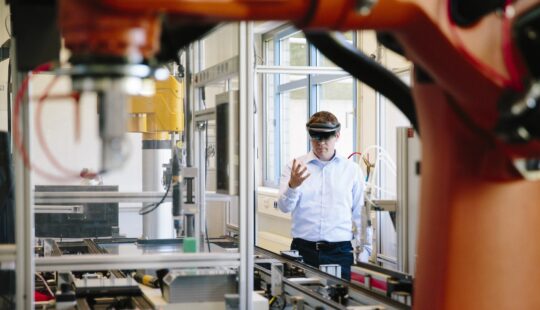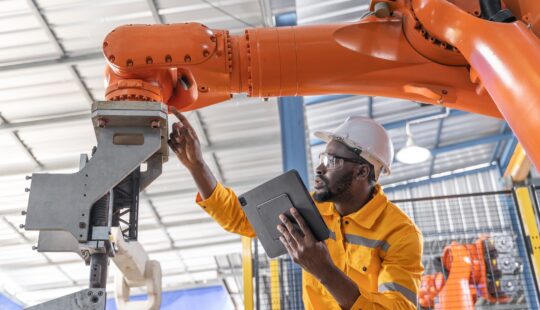What’s News
U.S. inflation reached 9.1% in June, as an 11.2% jump in gasoline prices from the prior month helped push the Consumer Price Index to its highest rate in nearly 41 years, according to the U.S. Labor Department. Stripping out volatile food and energy components, core prices rose 5.9% in June from a year ago.
SAP’s Take
Inflation already has had a huge impact on global supply chains.
“Inflationary numbers like that will continue to drive increased cost, which will flow all the way through the value chain back to consumers,” said Matthew Laukaitis, executive vice president and global general manager of SAP Consumer Industries. “Just the process of moving things along the supply chain continues to get more and more expensive. Then you factor in the price of gasoline, which essentially is a forward-looking indicator because people price it by what they think they will have to pay to replace it when the tanks are empty.”
That means producers are going to need to plan better across many elements all along the supply chain. The pandemic has already prompted some companies to do that. The ability to quickly switch suppliers, order and delivery times and, above all, have data that can be converted into insights at different levels of a company’s business will be crucial.
“Some companies have the ability to see only one or two levels deep into their supply chains,” Laukaitis said. “But some of the more forward-thinking companies have the ability to go deeper, and they can see the impacts across their entire supplying network.”
One example of this is Toyota, which was able to tackle the chip shortage more successfully than other automobile manufacturers because it had begun adopting better technology to improve planning years before. That allowed the company to see into its entire supply chain and analyze and understand what was occurring throughout its supply chain. “Toyota knew the network effects that were happening,” he said.
Better information enables companies to make more intelligent responses. “In some cases, they might say we need to look at alternative sources of supply to have more flexibility in the supply chain,” Laukaitis said. “They also might look at doing near-shore sourcing versus where they’re getting things sourced now to reduce the transportation cost and lead time. It might take them years to build that up. But I think it all starts with having the ability to really understand and model what’s happening in their business, and they can make better decisions.”
The retail sector has probably experienced the most disruption — from the internet to the pandemic and now inflation. “Rising prices may prompt consumers to cut back or shift spending, making a customer’s experience more crucial,” Laukaitis said “The companies that have an understanding of what’s actually happening and of consumer behavior are the ones that going to be best positioned to have the best outcomes.”
Contact:
Ilaina Jonas, Senior Director of Global Public Relations, SAP
+1 (646) 923-2834, ilaina.jonas@sap.com



